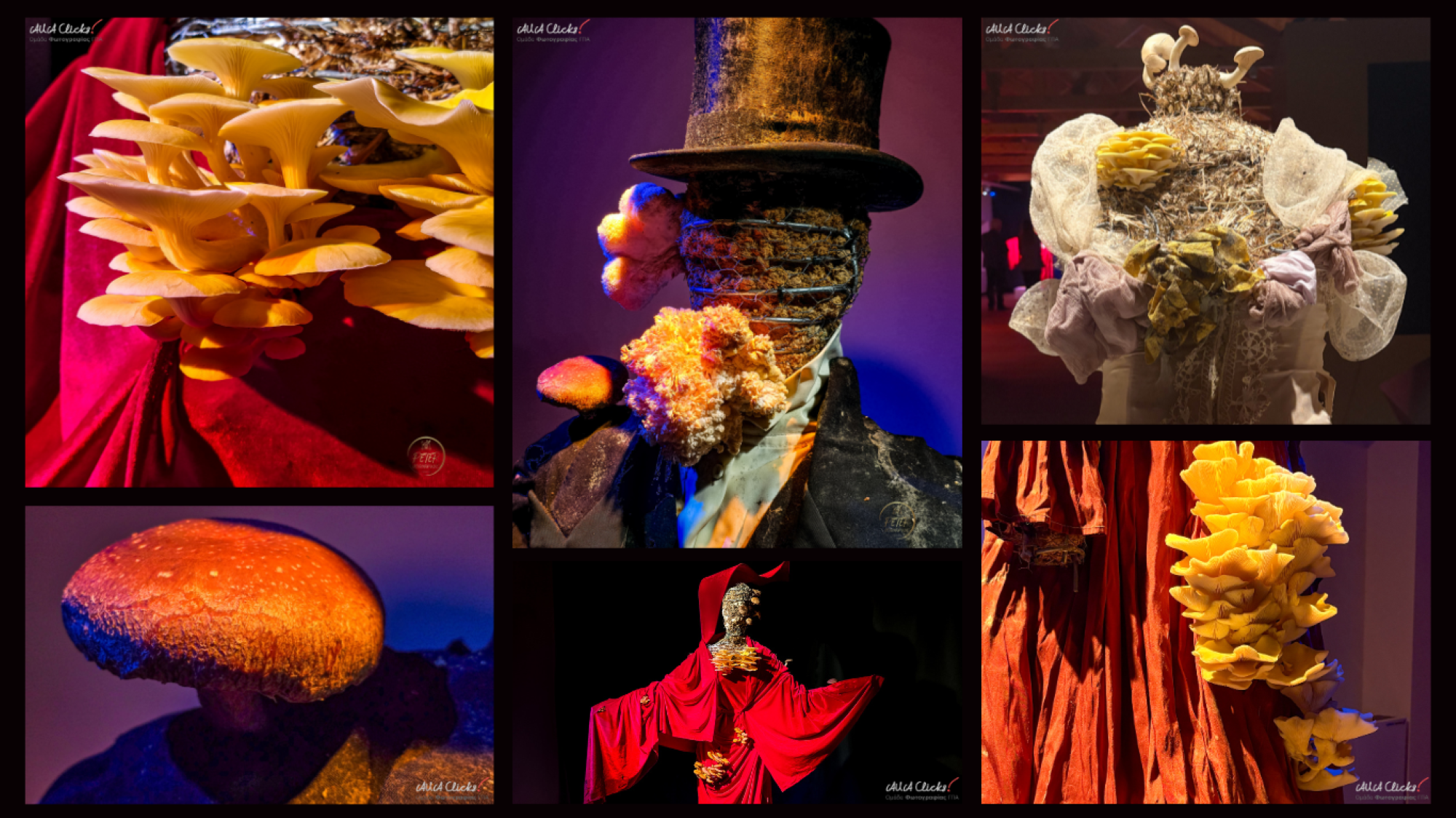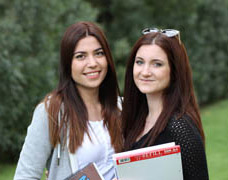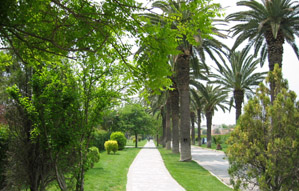Project Mycelium – Strong Public Interest in the Art and Science Meeting at the Agricultural University of Athens

An impressive spectacle was witnessed by the visitors of the exhibition held from March 27th to 29th at the Agricultural Museum of the Agricultural University of Athens.
The first public presentation of Project Mycelium, an "ongoing work," was a meeting between artists Bianca Nikolareizi and Robert Bryant and the Laboratory of General and Agricultural Microbiology at the Agricultural University of Athens, under the supervision of Professor Giorgos Zervakis and Associate Professor Giorgos Koutrotsios.
In an exhibition space that resembled a crypt, visitors had the chance to see human figures dressed in garments worn by figures from recent Greek history, or even original creations. The costumes were inoculated and colonized with living fungi, and six different species of mushrooms appeared on the surface of the clothes.
A Dynamic Process
The process of decomposition, which would naturally occur, was accelerated on the garments with the help of fungi and the creation of conditions suitable for their growth. As Giorgos Koutrotsios from the Laboratory of General and Agricultural Microbiology explains, “We added nutrients suitable for fungi, which we used to moisten the clothes, accelerating the process. Essentially, two things happened: first, fungi were attracted, and second, those that were naturally present on the clothes developed. Inside, instead of placing a plastic mannequin, like those we see in shop windows, a substrate suitable for fungi that produce mushrooms was placed. These grew by feeding on straw or wood, while simultaneously decomposing and feeding on the clothes.”
The process was not simple, and the researchers of the Agricultural Microbiology Laboratory had to create the right conditions to achieve the desired results during the exhibition days. These conditions included adjusting the temperature, humidity, light, and oxygen according to the stage of fungal development, as well as ensuring sterile conditions to prevent contamination from microorganisms naturally present in the air.
“Think that in the space where we are now, in an urban environment, there are about 5,000 fungal spores—and many more in a natural environment,” explained the Professor from the Agricultural University to the audience. “If we had applied the nutrients to the clothes and left them without restrictions, many types of fungi would have developed that we wouldn’t want. To achieve the final result, it took 20 to 30 days of continuous fungal development, and another 5 to 10 days for the mushrooms to form and mature.”
Great Interest
The final result consisted of two categories of fungi: one, the fungi selected by the scientists to develop inside the garments and externally "grow" the mushrooms, and the other, fungi that naturally appeared on the clothes (due to their storage in a basement or cloakroom), and by providing them with food and appropriate conditions, they also developed. The process was multifactorial, and the researchers observed that the effect varied depending on the fabric—velvet or cotton, for example—while different types of mushrooms were placed on the same garment to observe any differences in their development.
The documentation of Project Mycelium—including filming and time-lapses of fungal development, micro-photography, visual fragments, and mapping projections—was carried out under the supervision of director Akiví Kollia.
The exhibition concluded on Saturday with a performance by dancer Aliki Germanou: “A woman, a ‘Hieromnemon’, an enigmatic creature,” who wandered among biological sculptures and images.
Public interest was significant, and there was hope that the exhibition would reach even more people in the future.
For detailed information about the exhibition, click here.
Photos: Agricultural University of Athens Photography Team AUA Clicks!


